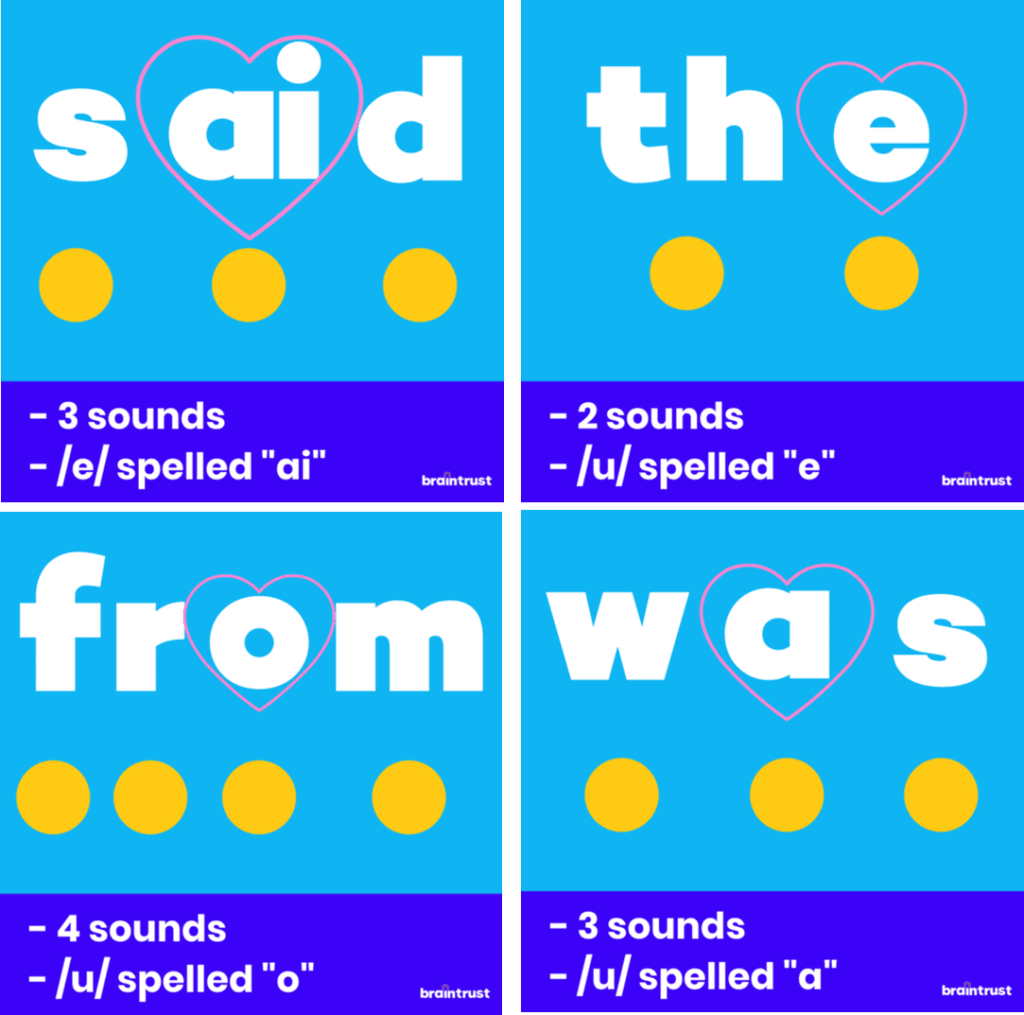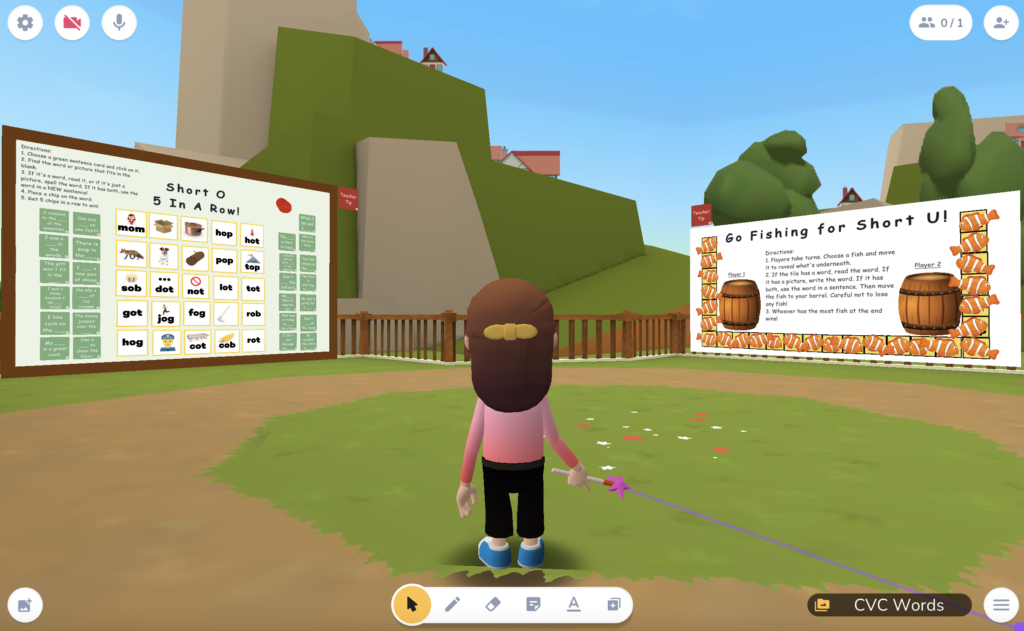“Orthographic mapping” certainly doesn’t flow off the tongue, nor is it a term we hear used very frequently. Yet, it is a process that is central to becoming a confident, fluent reader. That’s because once we’ve orthographically mapped a word, it means we are able to instantly read it without putting effort into decoding. This process is the key to unlocking the magic of books and reading!
And given the importance of this skill, we were so excited to learn strategies for making orthographic mapping more accessible and applicable in the classroom and at home. Listen to Braintrust CEO and Co-Founder, Mara Koffmann, in conversation with reading expert Heidi Martin, and read on for key takeaways!
Key Takeaways
- Contrary to popular belief, “sight words” are not just high frequency words with irregular spelling. Instead, a “sight word” is any word that we know and recognize by sight. And as adults, we generally have between 30,000 and 70,000 words in our sight word vocabulary.
- Orthographic mapping is a strategy for learning new sight words in order to expand the set of words we can recognize by sight. It is a process that maps phonemes (sounds) and graphemes (letters) to make it easier to learn the spelling of words. And it is particularly useful to use orthographic mapping to learn high frequency words with an irregular sound spelling.
- Orthographic mapping is far more efficient and effective than simply memorizing words by drilling letters. With rote memorization, it will typically take 5-500 repetitions for kids to learn a new word! With orthographic mapping, kids will typically learn a new sight word after practicing just 1-4 times!
- To orthographically map a word …
- First, have kids say the word.
- Then, have them identify the number of sounds in the word.
- Next, help them identify the letter(s) making each of those sounds.
- Last, have kids practice reading and writing the word.
- *If children haven’t learned the spelling pattern making a particular sound or if letters are making a surprising sound, you can put a heart around those letters to show that the kids have to remember that part of the word by heart. The more that you can talk about and explore these new patterns or surprises as a part of the orthographic mapping process, the better!
- With orthographic mapping, kids can see that most words have predictable spelling pattern. This strategy helps to draw attention to specific parts of words they might need to remember by heart, but highlights that the other letter-sound relationships follow the spelling rules they already know.
- Heidi’s favorite strategies for making orthographic mapping fun and multi-sensory…
- Use the heart strategy to make irregular spellings really stand out visually.
- Have kids use popper fidget toys or sound tubes to see and feel each sound in a word.
- Of course fancy tools aren’t necessary; kids can also use their bodies to jump, punch, or wiggle each sound in a word, or use a spoon or pencil to tap out sounds as well.





